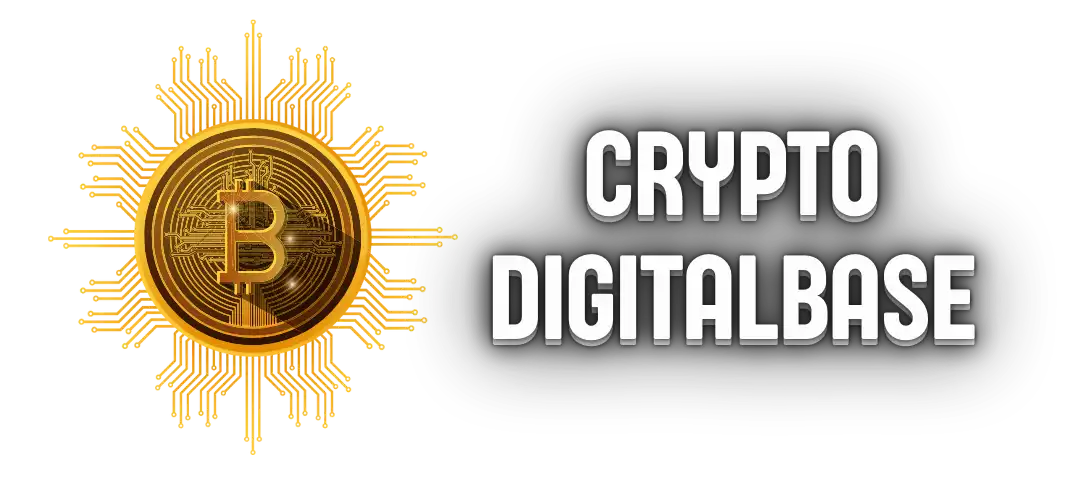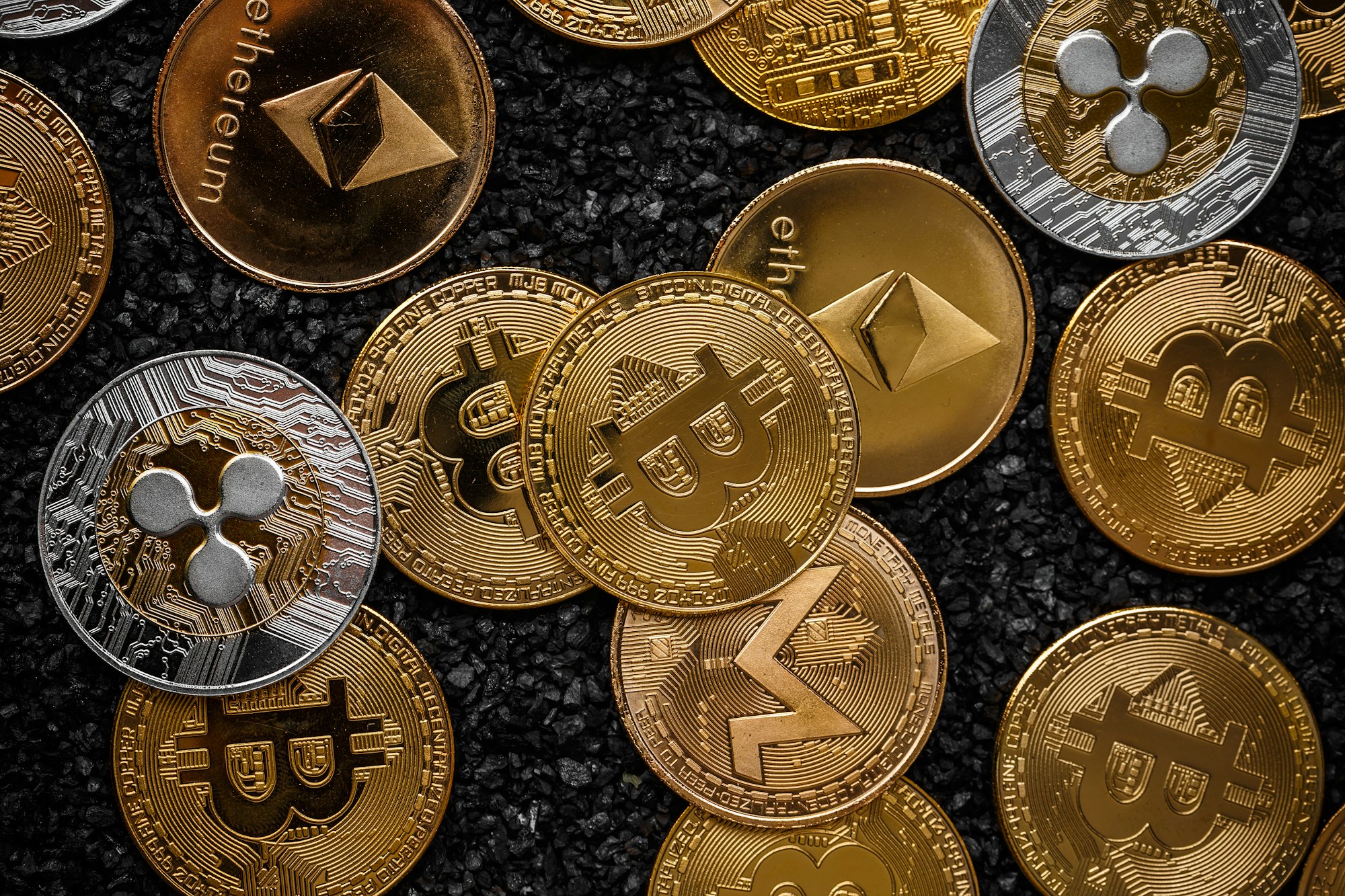With the growing popularity of cryptocurrencies like Bitcoin, many people are interested in how to mine cryptocurrency and set up their own crypto mining rig. Mining plays a vital role in the validation of transactions and the maintenance of blockchain networks. However, starting a cryptocurrency mining operation requires proper planning, the right mining hardware, and a thorough understanding of the mining process.
In this guide, we will walk through how to set up a cryptocurrency mining operation, from building a mining rig to choosing the best mining software. We will also cover profitability of mining, and the various mining options available.
What is Cryptocurrency Mining?
Cryptocurrency mining is the process by which new coins are introduced into the system, and transactions are validated on the blockchain. Miners compete to solve complex cryptographic puzzles, and when they succeed, they are rewarded with new cryptocurrency.
For example, Bitcoin mining is the process by which new Bitcoin blocks are added to the Bitcoin blockchain. It is a fundamental aspect of the proof of work consensus mechanism used by Bitcoin and several other cryptocurrencies.
Key Components of Mining:
- Mining is the process of validating transactions on a blockchain.
- Miners are rewarded with new coins for their efforts, known as the mining reward.
- Bitcoin mining follows a process that involves solving cryptographic puzzles using powerful mining hardware.
Step 1: Understanding Mining Options
Before starting a mining operation, it’s essential to understand the different cryptocurrency mining methods:
1. Solo Mining
Solo mining involves an individual miner working alone to solve puzzles and validate transactions. While this method allows the miner to keep all the rewards, it’s highly competitive and difficult due to the mining difficulty of networks like Bitcoin.
2. Pool Mining
A mining pool is a group of miners who work together to mine. By pooling resources, miners increase their chances of solving blocks more frequently. The rewards are then shared among the participants according to their contributions of mining power.
3. Cloud Mining
Cloud mining allows you to rent mining equipment from a service provider. This option is popular for people who want to mine cryptocurrency without managing the hardware themselves. However, it comes with lower control and often smaller profits due to service fees.
Step 2: Choosing Your Cryptocurrency
Not all cryptocurrencies are mined the same way. The cryptocurrency you are mining will dictate the mining hardware and software you need. For instance, Bitcoin mining requires specialized equipment like ASIC miners, while other coins may allow for GPU mining.
Popular cryptocurrencies to mine:
- Bitcoin (requires ASIC mining).
- Ethereum (before moving to proof-of-stake, allowed GPU mining).
- Litecoin (also supports ASIC mining).
Things to Consider:
- Mining difficulty: This determines how hard it is to mine a block. Bitcoin has one of the highest mining difficulties, making it less profitable for small operations.
- Profitability of mining: This depends on factors such as electricity costs, mining equipment expenses, and the current market price of the cryptocurrency.
Step 3: Building Your Mining Rig
A crypto mining rig is the foundation of your mining operation. Building a rig involves selecting the right components, ensuring they are compatible, and configuring them properly. Here are the key parts you’ll need to build a mining rig:
Key Components of a Mining Rig:
- Motherboard: The motherboard is the central hub that connects all the components of your mining rig.
- Power Supply Unit (PSU): Choose a PSU that can handle the energy requirements of your rig, especially if you are running multiple GPU mining devices.
- Graphics Processing Unit (GPU): For GPU mining, the GPU is the core component that does the heavy lifting in solving cryptographic puzzles.
- ASIC Miner: If you’re planning on ASIC mining, this mining device is specifically designed for mining certain cryptocurrencies, such as Bitcoin.
- CPU: In some cases, CPU mining may be viable, but it’s generally less powerful than GPU mining or ASIC mining.
- RAM: You’ll need sufficient memory for running your mining software efficiently.
- Cooling System: Mining generates a lot of heat, so you’ll need proper cooling for your mining rig to avoid overheating.
Step 4: Installing and Configuring Mining Software
Once you have the hardware set up, the next step is to download and configure mining software that is compatible with your hardware and the cryptocurrency you are mining.
Popular Mining Software:
- CGMiner: A widely-used software for GPU mining and ASIC mining.
- BFGMiner: Similar to CGMiner but with additional customization options.
- EasyMiner: A user-friendly interface for beginners to start mining.
Configuring Your Mining Software:
- Download mining software: Make sure the software is compatible with your hardware and the cryptocurrency you plan to mine.
- Configure the mining software: Enter your pool’s settings or set up your solo mining configuration.
- Start mining: Once configured, your rig will begin validating transactions and earning rewards.
Step 5: Join a Mining Pool or Go Solo
As discussed earlier, you can choose to either mine solo or join a mining pool. For beginners or small-scale miners, pool mining is often the best option, as it provides more consistent payouts by splitting the rewards among multiple participants.
Advantages of Joining a Mining Pool:
- Increase your chances of earning by pooling resources with other miners.
- More consistent payouts compared to solo mining.
- Lower risk for individual miners.
Step 6: Start Mining and Monitor Performance
Once your mining rig is operational, it’s time to start mining crypto. As your rig begins to mine cryptocurrency, it’s important to monitor its performance to ensure everything is running smoothly.
Monitor Key Metrics:
- Hash rate: This measures how much computing power your rig is contributing to the network.
- Temperature: High temperatures can damage your equipment, so ensure proper cooling is in place.
- Mining profitability: Calculate the rewards against your expenses, including electricity costs and hardware maintenance.
Factors Affecting Mining Profitability
The profitability of Bitcoin mining and other cryptocurrencies depends on several factors:
- Mining Difficulty: As more miners enter the network, the difficulty of mining increases, making it harder to mine a block.
- Mining Power: The more powerful your mining rig, the more likely you are to solve a block and earn rewards.
- Energy Costs: Mining requires a significant amount of electricity. The cost of mining is often determined by local electricity rates.
- Market Price of Cryptocurrency: The current price of Bitcoin and other cryptocurrencies affects how profitable it is to mine.
- Hardware Costs: Mining equipment can be expensive, especially ASIC mining devices, which are specifically designed for mining.
Step 7: Secure Your Mining Earnings
Once you start earning cryptocurrency, it’s crucial to secure your rewards. You’ll need a Bitcoin wallet or a wallet for the specific cryptocurrency you’re mining.
Types of Wallets:
- Hot wallets: These are connected to the internet, making them more convenient but less secure.
- Cold wallets: These are offline wallets, offering the best security for storing large amounts of cryptocurrency.
Conclusion: Is Mining Worth It?
Starting a cryptocurrency mining operation can be a lucrative venture, but it requires a significant upfront investment in mining equipment and a good understanding of the mining process. Whether you choose to mine Bitcoin at home with a small rig or operate a large-scale mining farm, the key to success lies in selecting the right hardware, joining a reliable mining pool, and monitoring your rig’s performance.
Summary:
- Choose the cryptocurrency you want to mine.
- Build or buy a crypto mining rig suited to the coin you’re mining.
- Install and configure your mining software.
- Decide whether to mine solo or join a mining pool.
- Monitor your mining profitability and adjust as needed.
- Secure your earnings in a reliable cryptocurrency wallet.
By following these steps, you’ll be well on your way to entering the exciting and competitive world of cryptocurrency mining.




